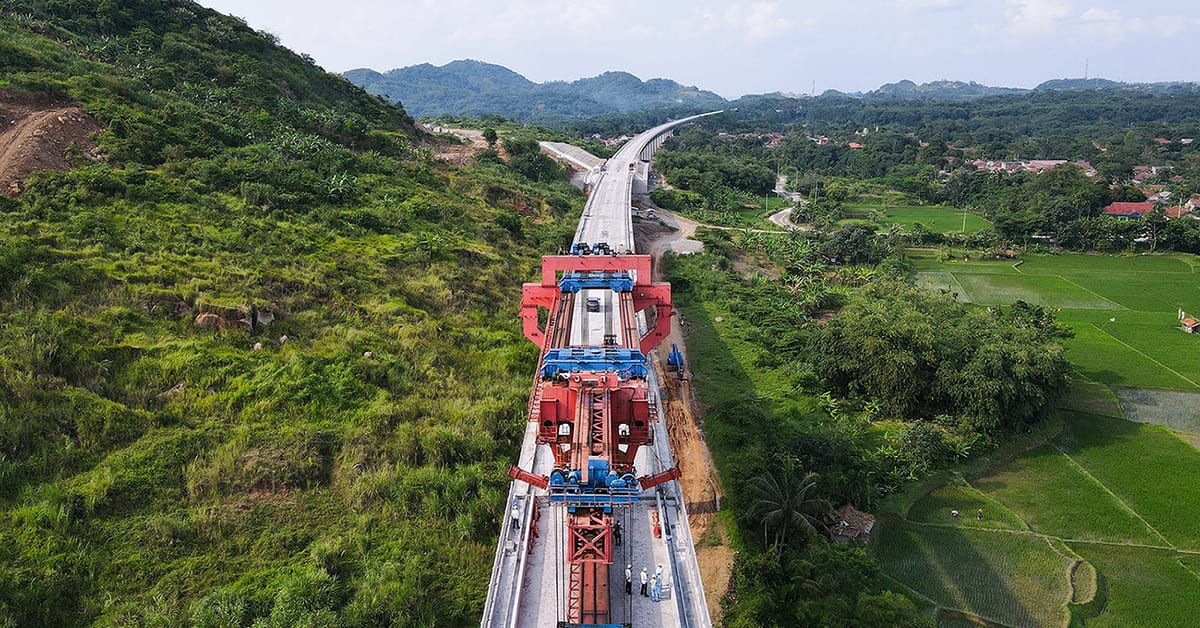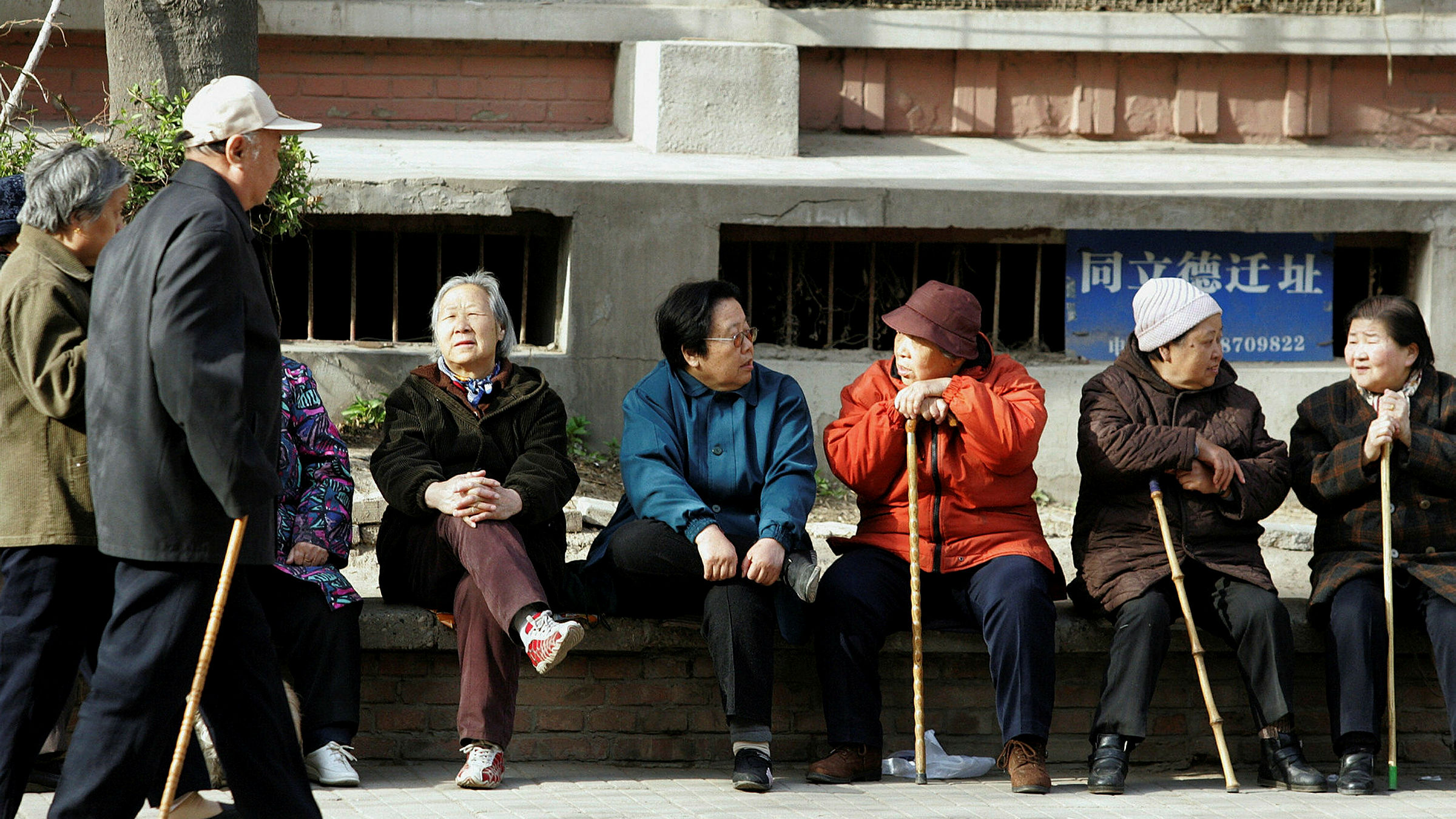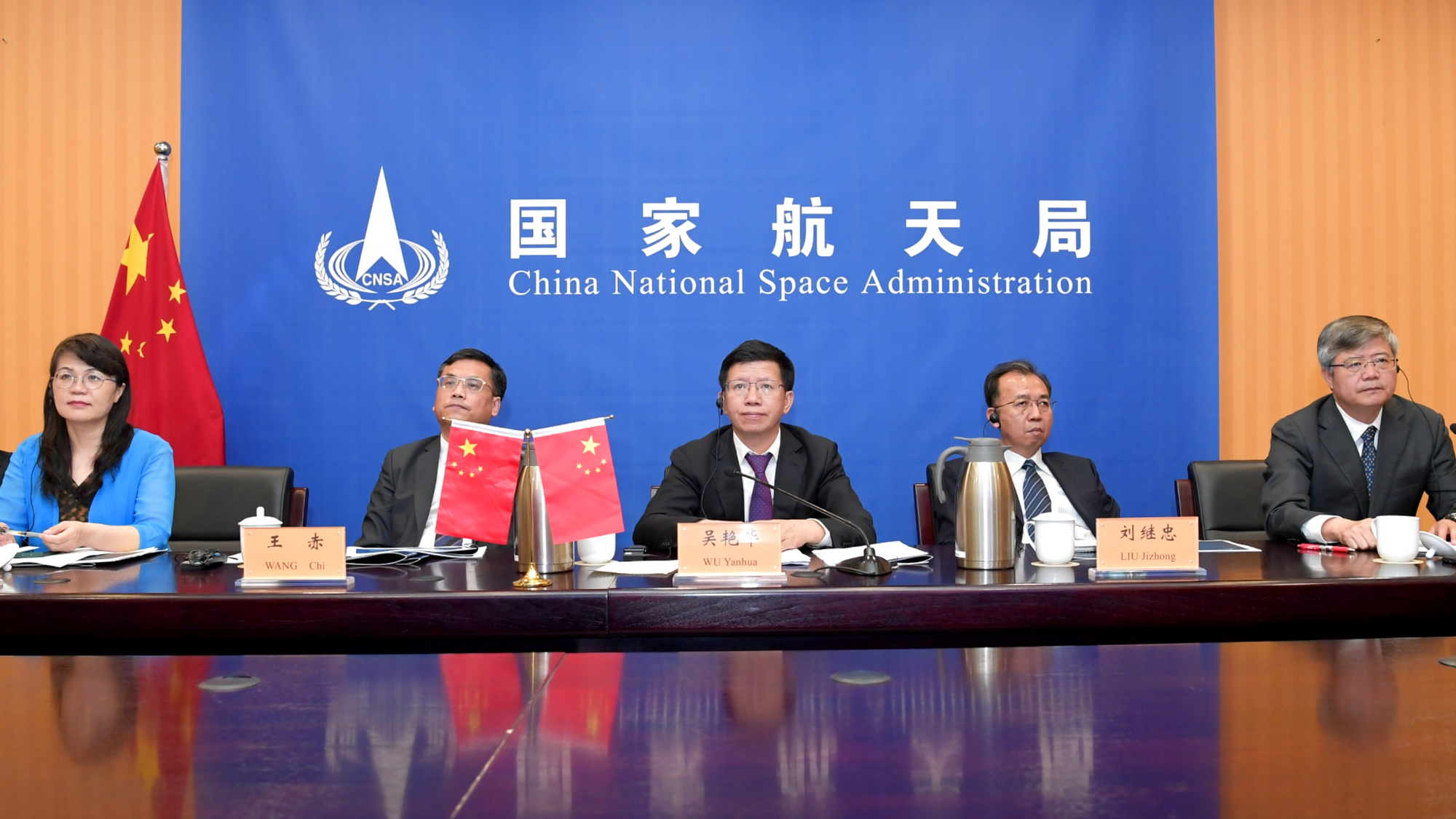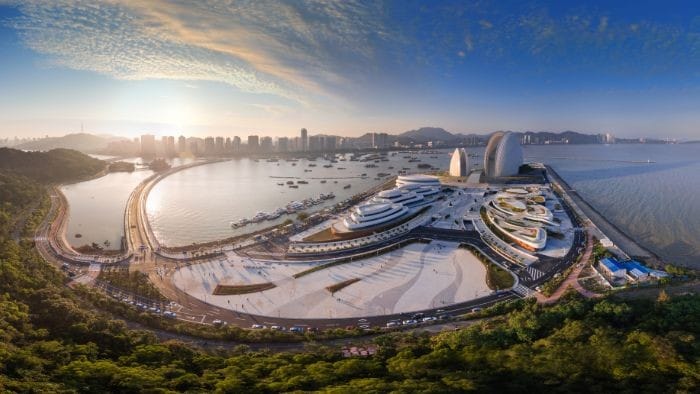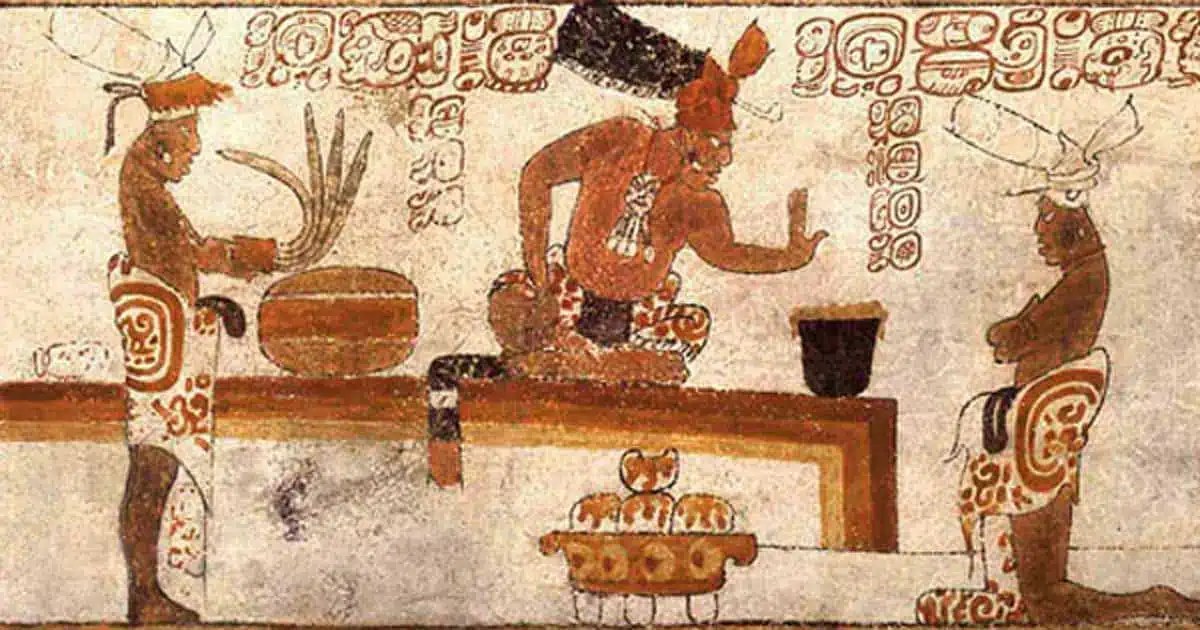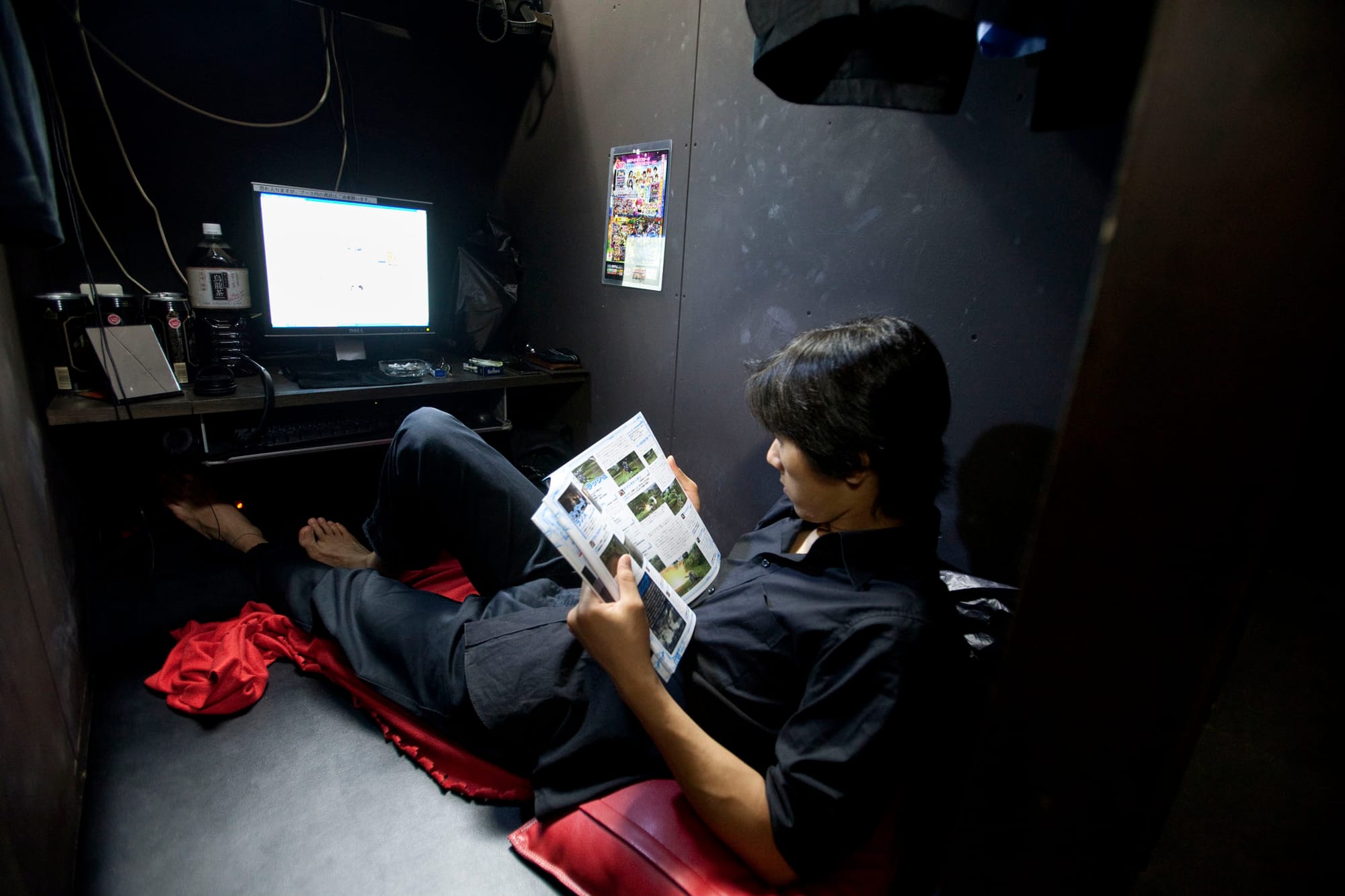The Belt and Road Initiative (BRI) is much talked about in today’s sphere of international politics, with narratives varying from the extremes of calling it ‘debt-trap diplomacy’ to potentially the most influential foreign investment initiative ever, opening up global trade on a massive scale. So, what actually is it?
The BRI is a strategy adopted by the Chinese Government in 2013 to invest in the infrastructure of over 150 countries around the World. Strangely, it’s actually the ‘Belt’ aspect that pertains to roads and railways over land, and the ‘Road’ aspect is a reference to the ‘Maritime Silk Road’ stretching from China’s South East ports round through Malaysia and Indonesia, to the Suez Canal and on to Europe, stopping of at various points like India on the way.
The BRI in Africa is present in every country but Eritrea, which is a source of concern in Western circles, who see it as growing Chinese influence in Africa and as a serious threat to the current world order, with the influence of countries like France in Françafrica under pressure and anti-French popular sentiment on the rise.
The BRI at the UN
China is exerting a subtle influence over the UN General Assembly, through its capacity to influence voting countries. In 2021, Eswatini and Liberia signed a UN communique condemning China’s policies in Xinjiang, making them the only 2 African countries of 43 to do so. In contrast, 11 supported China’s joint statement against the resolution. There are a few reasons for this but undoubtedly China’s Belt and Road initiative is a key factor. Even Muslim countries in North Africa have been hostile towards Uyghur Muslims with Egypt detaining hundreds of Uyghur students and deporting them to China. Richard Moore, head of MI6, has raised the issue of ‘debt traps’ used to influence smaller countries. China, who have generally used an abstention at the UN Security Council to signal their disagreement, rather than an outright veto, may have established a different form of influence over the UN, and one that flys under the radar, in contrast to the high profile vetoes of Russia and the US. Comments by the Tanzanian President that the loan agreements were “exploitative and awkward” and that the conditions “can only be accepted by mad people” serve only to reinforce these suspicions and increase concern in Western circles.
That said, advocates of the initiative point to its potential impact on world trade, according to many international research bodies. One strength of the initiative it’s it’s popularity; we see in the participating countries almost 75% of the World’s population and more than 50% of the World’s GDP.
The end goal? Well the completion date is set for the 100th anniversary of the PRC, in 2049 and the goal is, according to the CCP, “to construct a unified large market and make full use of both international and domestic markets, through cultural exchange and integration, to enhance mutual understanding and trust of member nations, resulting in an innovative pattern of capital inflows, talent pools and technology databases.” Both somehow wordy and vague, it seems the general idea to create as extensive a network as possible through these infrastructure investments: to globalise the world.
If you are sceptical of China’s strangely altruistic and collectivist goals, there are clear advantages for them, not to mention the obvious gain in influence. In terms of strategic advantages for China, lowering the significance of choke points such as the Strait of Malacca (Malaysia and Indonesia) or the Suez Canal in World Trade would help to mitigate the impact of potential conflicts on their trade and serve to counter the US Military ‘Island Chain Strategy’ which consists of building up naval bases on the islands around Russia and China in the event of a military conflict; a strong land route would ensure their access to more trade.
Globally, it has received positive reception from many. UN Secretary General Antonio Guterres has touted it as a catalyst for the UN Sustainable Development Goals. Other International bodies such as the World Bank have suggested that this initiative can boost trade in every country by 4.1% with the cost of global trade potentially falling by 1.1%-2.2%. CEBR similarly endorsed the BRI, claiming it would likely increase world GDP by $7.1 trillion p/a by 2040. These glowing reviews from global bodies are a testament to the potential offered by the BRI, and the effects could be potentially massive for over 100 countries.
Finally, the effect on the future of the BRI as a driving force in Chinese Foreign Policy can potentially be seen in the case of Sino-Afghan relations. China is the first country to send an ambassador to Taliban-controlled Afghanistan and recognise one in return, which begs the question: Why has China been the first country to recognise this global pariah? Some have hypothesised that this relationship pertains to Afghanistan’s potential importance in the extension of a key BRI pathway called the CPEC (China-Pakistan Economic Corridor). That said, others have theorised that China’s primary goal is to ensure that Afghanistan, bordering Xinjiang, does not become a base for Islamist terrorism in the region. While the latter is certainly a significant reason, the $65bn invested in Pakistan by 2022 would suggest that China has serious ambitions for this land corridor, and strong Sino-Afghan relations would make sense here, perhaps reinforced by China’s attempted role as mediator in the Afghanistan-Pakistan rising tensions.
Overall, China’s BRI provides a huge level of opportunity for developing countries, reminiscent and even outstretching the likes of the post-war Marshall Plan. World leaders’ views vary hugely, with Africa a fascinating example. Leaders have spoken out against it and for it, as Chinese investment in this region, whose significance will only rise with time, outstrips the West’s. The true results of Chinese investment can only be revealed in the future; all we can do is speculate…
